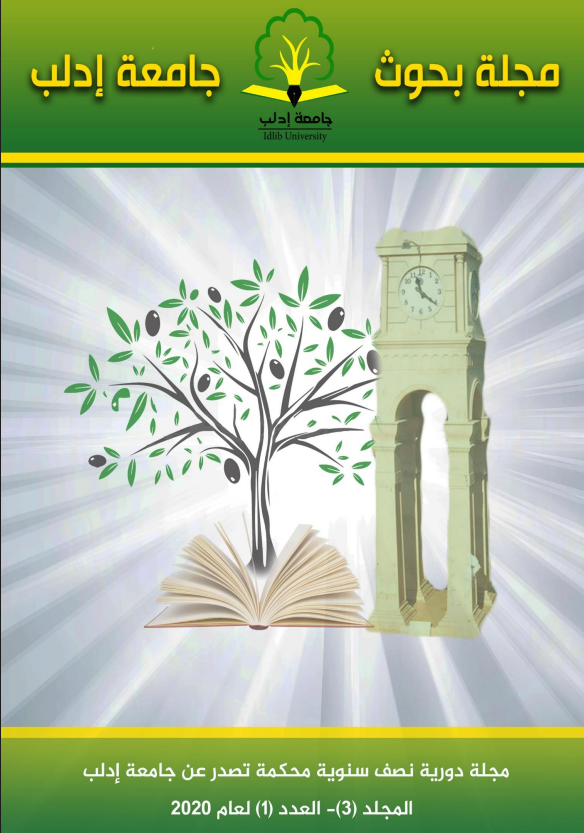The Effect of the Sowing Date and the Rate of the Phosphate Fertilizer on the Seed Yield and A Number of its Components for the Coriander Plant
Keywords:
coriander, sowing date, mineral fertilizer, phosphate fertilizer, the weight of seeds/plant, the number of plants\m2, seed yieldAbstract
A field experiment was carried out at Kafar Sandal Research
Station, which belongs to Idlib Research Center, in the 2018-2019
agricultural season. And this experiment was meant to study the effect of
the two sowing dates (in the middle of January and February), and the two
rates of the super phosphate fertilizer 46%, in addition to the overlapping
between them. The results of the experiment showed that the treatment fo
witness of the first sowing date exceeded the other treatments in the number
of plants per square meter. As the number of plants reached 75.5 plant per
square meter. While the second sowing date, whose addition rate of the
Phosphate fertilizer was 150 kg/h exceeded the first one. And a higher
number of flowering inflorscences in the plant was recognized. Increasing
the rate of the phosphate fertilizers up to 150 kg/h, and the early sowing
date (The middle of February) led to a positive increase in the number of
seeds/plant, and in the weight of seeds/plant. Furthermore, the second
sowing date played a role in increasing the weight of the 1000 seeds, with
the addition of 120 kg of the phosphate fertilizer per hectare. And with the
increase of the rate of the phosphate fertilizer up to 150 kg/h, this treatment,
in the second cultivation date, exceeded the treatment of the witness, and it
was the best among all the experimental treatments. As the seeds yields of the coriander plant reached 1006 kg/h.

